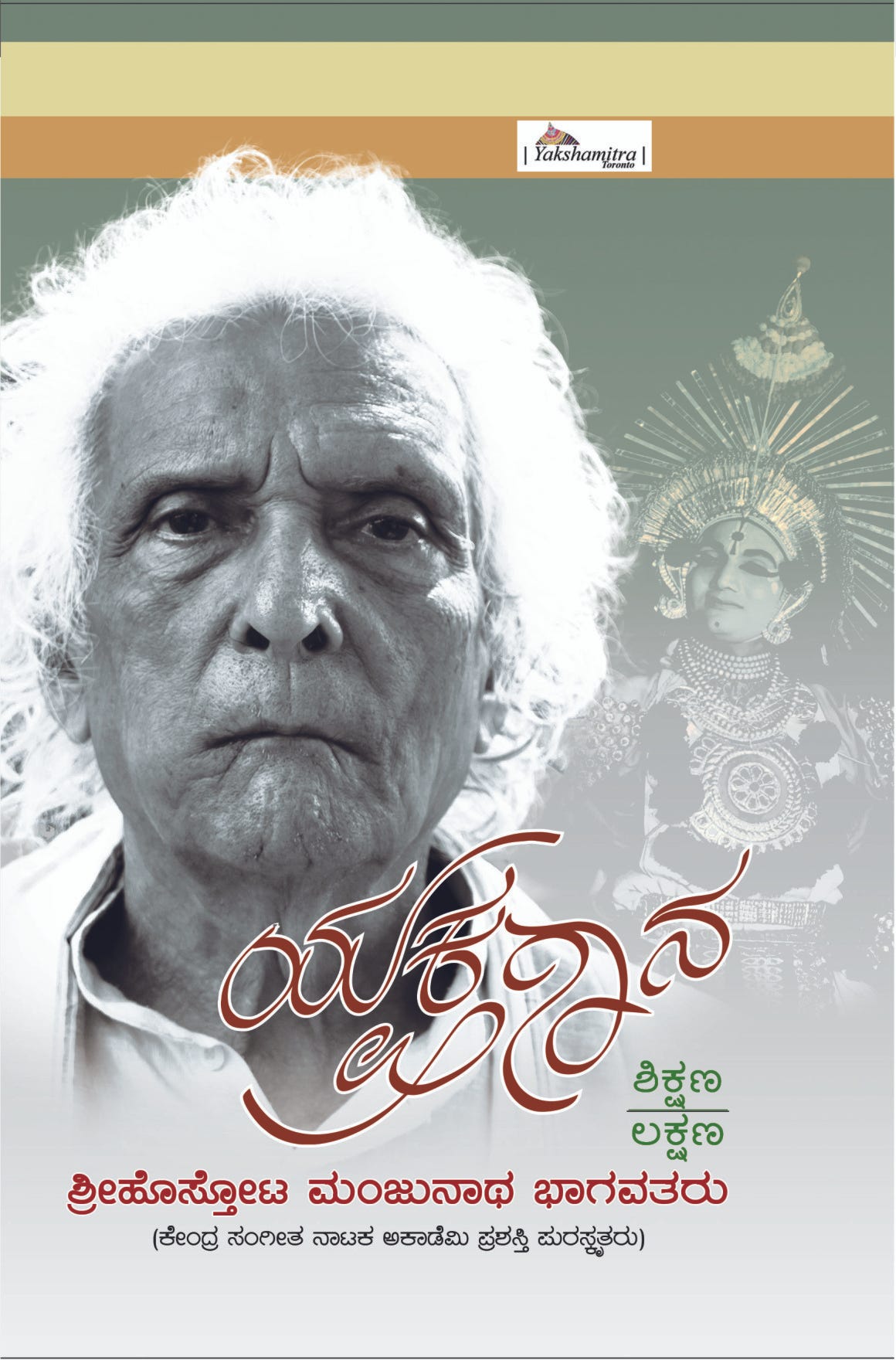Anyone who is a natural singer or taught himself singing will know, there is some reality behind melodies. Melodies are not random. They always behave certain ways. These colours of melodies are called Raga in Indian music. Raga is a very ancient and well-developed concept. There is more to it than singing it. Some 4 or more years ago this occurred to me and I described what I termed as the Neurological Reality to a friend who is an expert in neuroscience.
The set of related melodies that have some very similar character form, a kind of memory in the brain. This I am certain. This can form because of in my opinion based on the very primal neural networks that are related to basic human emotions and our innate ability to vocalize them. Laugh, cry, giggle, sadness anger and other emotions vocalised by us follow a basic musical note pattern. This neural networks can be expanded by simulating the intensity of those emotions, exposure to more melodies and deliberate training etc. Until we reach the limits of our neural networks so formed, we, in my opinion, continue to vocalize "correctly" i.e something that is close to or exactly a Raga/Jaati. When we exceed it, we may be "lost" or may not follow Raga correctly. Yet, the basic emotional ability continues to guide where the Raga goes in some way even though the ability may vary.
Therefore the Ragas are a neurological reality. They are directly represented by a set of memories not just in the representation of emotion but also in the form of muscle memory of the vocal chord and other muscles involved. We are roughly looking at a complex network with several pathways that networks emotion, muscle control program, breathing, rhythm and possibly more. a version of this network roughly maps to a raga of which there may be several (how these physically work is for investigation). This is like a terrain on which we walk where we tend to go in a set path. We may slip here and there but if we are careful can go on a physical trough. This trough is a Raga. This is the basis for raga and our ability to stick to one and create more as we become capable of complex emotions and our ability to vocalize them.
The set of related melodies that have some very similar character form, a kind of memory in the brain. This I am certain. This can form because of in my opinion based on the very primal neural networks that are related to basic human emotions and our innate ability to vocalize them. Laugh, cry, giggle, sadness anger and other emotions vocalised by us follow a basic musical note pattern. This neural networks can be expanded by simulating the intensity of those emotions, exposure to more melodies and deliberate training etc. Until we reach the limits of our neural networks so formed, we, in my opinion, continue to vocalize "correctly" i.e something that is close to or exactly a Raga/Jaati. When we exceed it, we may be "lost" or may not follow Raga correctly. Yet, the basic emotional ability continues to guide where the Raga goes in some way even though the ability may vary.
Therefore the Ragas are a neurological reality. They are directly represented by a set of memories not just in the representation of emotion but also in the form of muscle memory of the vocal chord and other muscles involved. We are roughly looking at a complex network with several pathways that networks emotion, muscle control program, breathing, rhythm and possibly more. a version of this network roughly maps to a raga of which there may be several (how these physically work is for investigation). This is like a terrain on which we walk where we tend to go in a set path. We may slip here and there but if we are careful can go on a physical trough. This trough is a Raga. This is the basis for raga and our ability to stick to one and create more as we become capable of complex emotions and our ability to vocalize them.


No comments:
Post a Comment
Please leave a note about what you think about this write up. Thanks.